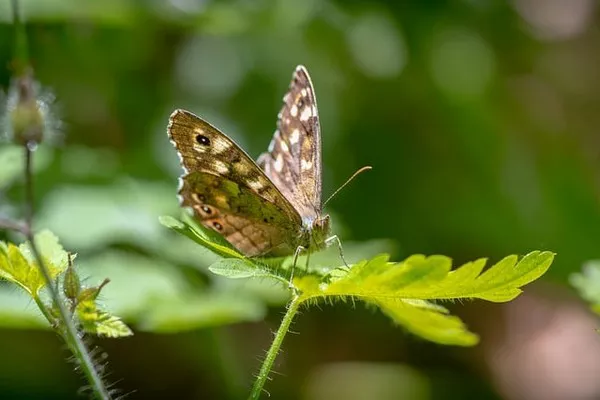Cabbage white butterflies, known for their elegant white wings adorned with black dots, have become a ubiquitous presence in southern and eastern Australia, posing a significant threat to brassica crops. Originally introduced accidentally to Melbourne in 1929, these butterflies have since proliferated across the continent, reaching Perth in 1943. The velvety green caterpillars of the species, Pieris rapae, are voracious feeders on brassicas, including cabbages, cauliflowers, broccoli, kale, and bok choy.
The current season has witnessed an upsurge in cabbage white numbers, attributed to favorable conditions. The ability of their caterpillars to rapidly double in biomass each day, coupled with the species’ capacity to thrive in moist and warm environments, has contributed to their prolific presence.
One of the key factors behind the surge in numbers is their adaptability to milder winters. Cabbage white pupae can withstand temperatures as low as -20°C, allowing them to emerge and mate early in response to the changing climate. The subsequent generations of caterpillars benefit from extended feeding periods due to delayed emergence of natural predators in milder weather.
The attraction of cabbage white caterpillars to brassica crops is rooted in the presence of mustard oil glucosides, particularly sinigrin, found in the leaves. Adult females are drawn to brassicas by another glucosinolate—glucobrassin—which prompts them to lay eggs on the leaves. Providing insight into their feeding preferences, females use specialized hairs on their front legs to “taste” these chemicals.
For gardeners grappling with cabbage white infestations, proactive measures can help manage the population. Using insect-proof mesh to cover crops as they develop is an effective means of preventing access. Careful timing of mesh removal during early morning or late afternoon, when the adults are less active, minimizes the risk of egg-laying.
Contrary to popular belief, decoys in the form of white butterfly replicas do not deter females from laying eggs, as there is no evidence of territorial behavior. Instead, providing a sacrificial plant in an open area can attract females away from prized crops, facilitating the presence of beneficial predators and insect parasitoids that naturally control caterpillar populations.
Companion planting, mixing vegetables and herbs, offers an additional layer of defense by creating diverse habitats and making it challenging for caterpillars to move between plants. Avoiding the use of pesticides is encouraged, as it not only harms beneficial creatures but also disrupts the delicate ecological balance in gardens. If necessary, the use of the least harmful spray, Dipel, derived from the bacterium Bacillus thuringiensis kurstaki, is recommended, but caution is advised due to potential impacts on other pollinating butterflies and moths.
In the battle against cabbage white butterflies, a combination of preventative measures, natural predators, and thoughtful gardening practices can help maintain biodiversity and mitigate the impact of these pervasive pests on valuable crops.


